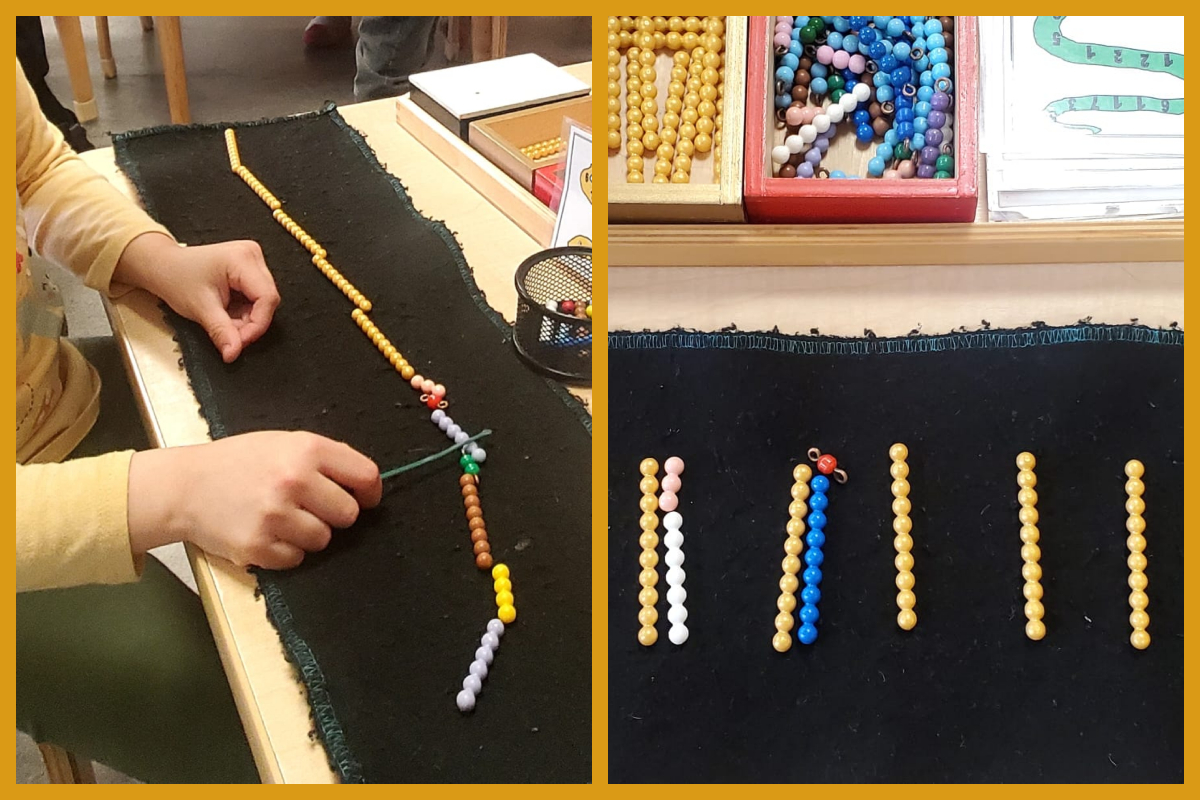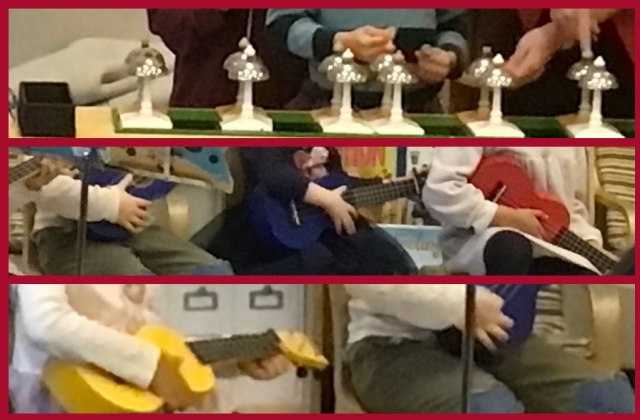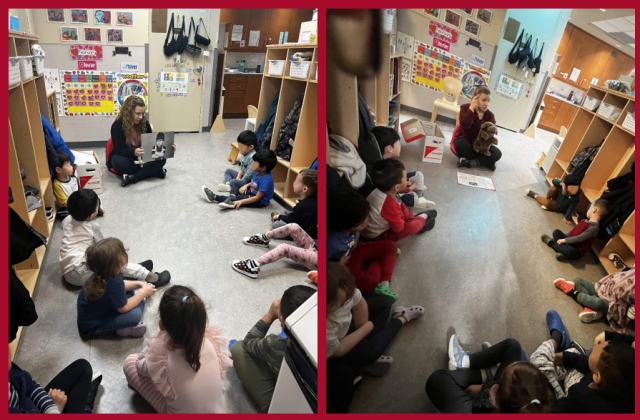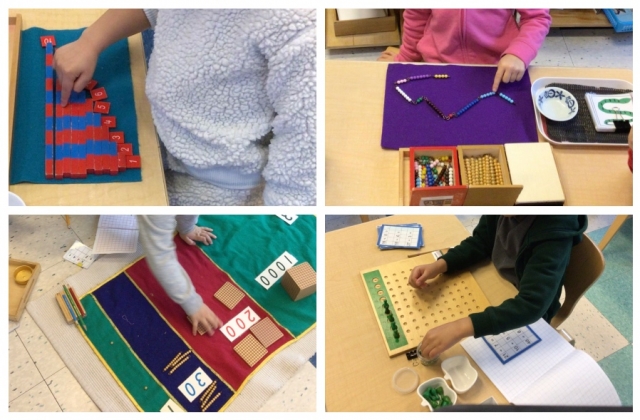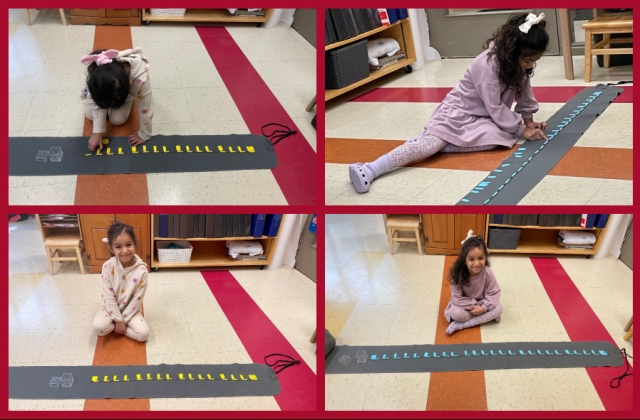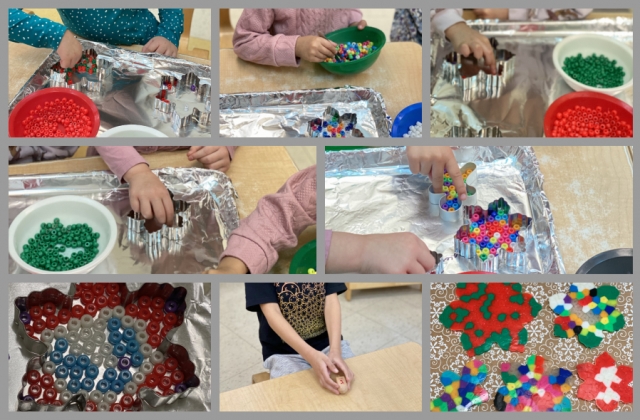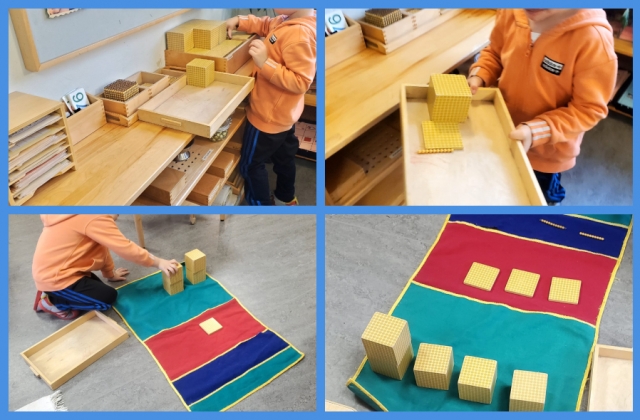Snake Game: Level 2
The second, third and fourth levels of the snake Game have a child converting a coloured bead bar snake into a golden 10 bar snake. In the second level, the snake is evenly divisible by ten and the child counts the beads and makes a golden snake equaling the number of coloured beads in the coloured Snake. (Click to find out how they check their work and for the full photos.)
View
